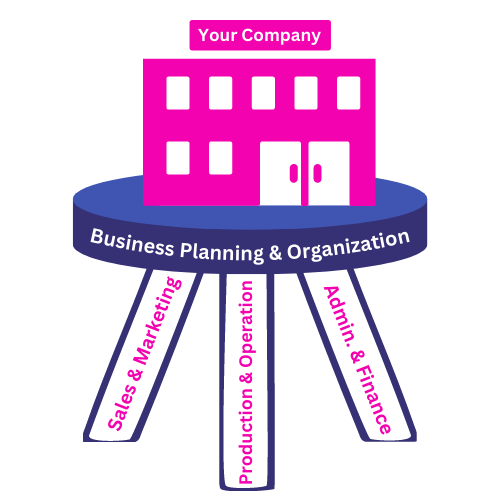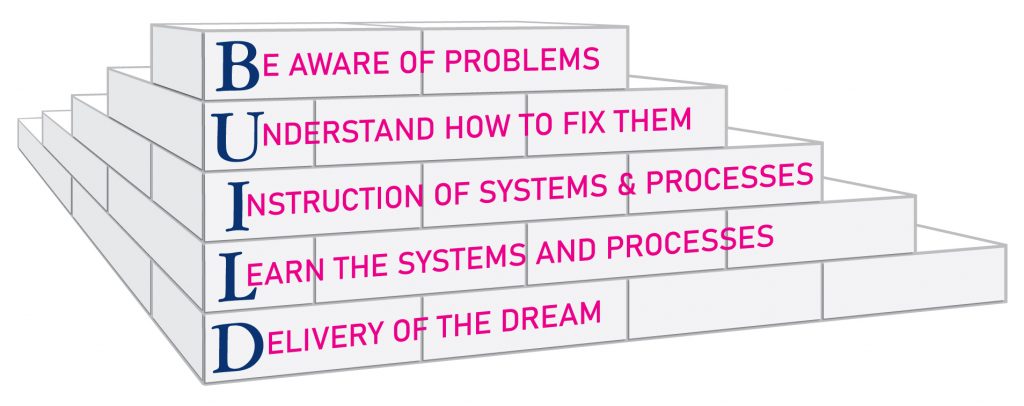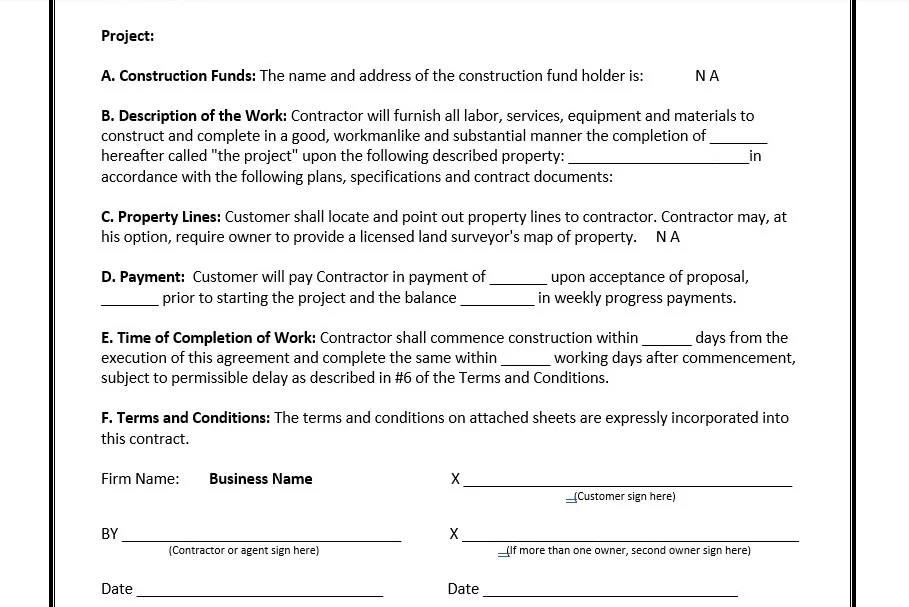How an Operating System Can Help Your Construction Company Navigate the Business Fog
The past couple of weeks we’ve discussed how an operating system can help you build a successful business and a list of what should be included in a standard operating procedure. This week we’ll look at style and formatting ideas for putting together a plan for operating your company.
It takes thousands of pieces to construct a building. If these pieces aren’t put together in the right place and in the right order, the end project is not what was expected. It might even lead to the building collapsing.
This can be avoided with a clear plan and good communication.

The same is true for a business. There are thousands of pieces that need to be put together in the right place and in the right order if the company is going to survive and become successful.
You don’t want your business to collapse, do you?
A Standard Operating Procedure (SOP) is the current hot title for this document. I will agree that these three words do a pretty good job of summarizing what this is, but don’t want to get caught up in what it’s called. You can call it whatever you want.
Just like you can call it what you want, you can design it however you want. Here are some ideas that you might want to include in your operating system.
- Determine the format – This can be as simple or as complex as you want it to be.
- Gather the relevant stakeholders – When you start discussing the system you should include anyone who has a stake in the process.
- Define the structure – Bigger companies will likely have a more formal structure and startups, or smaller companies may use a more informal process.
- Determine the scope – Keep in mind that you should have a clearly defined scope. It may involve multiple areas and people but be sure to not lose focus on your goals.
- Be consistent in style – This makes it easier for the person who’s going to be using it if it’s a clear consistent style throughout the whole document.
- Include all steps of the process – Record all steps that are required to complete a certain process.
- Choose the right metrics for measuring success – To understand if you’re achieving your target results, you need to determine what the key performance indicators are.
- Test the process – To make sure that your system is good or to make any final edits and tweaks, ask some of the team who will be using it for their feedback.
- Implement the process – Once you’ve completed the above steps, you’re ready to implement. Keep in mind that these procedures are dynamic and will change with time.
- Plan for regular reviews and updates – Since the construction industry and your business processes are changing all the time, your standard operating procedures should too!

An SOP is not a document to be made and forgotten about. It’s a manual that people use daily. So…it must be reliable.
Revising your SOPs every 6 or 12 months is a must if you want to stay on top of any changes and keep on delivering the best possible results.
As the owner or operator of a construction company, your head probably feels like it’s going to explode with all the things you’re trying to keep track of and do. Wouldn’t it be great if you had some help doing some of those things?
The problem with this is…now you have to teach and train them, and either you or they are going to forget something. Wouldn’t it be nice if there was an operating manual that they could refer to?
There could be. You just have to decide if you want to continue doing things the way we’ve always done it, hit and miss way. Or use the better, clear plan that can be implemented by a new hire or used by the most experienced team member.
If you would like to discuss this more set up a free 30-minute construction company consultation.







































